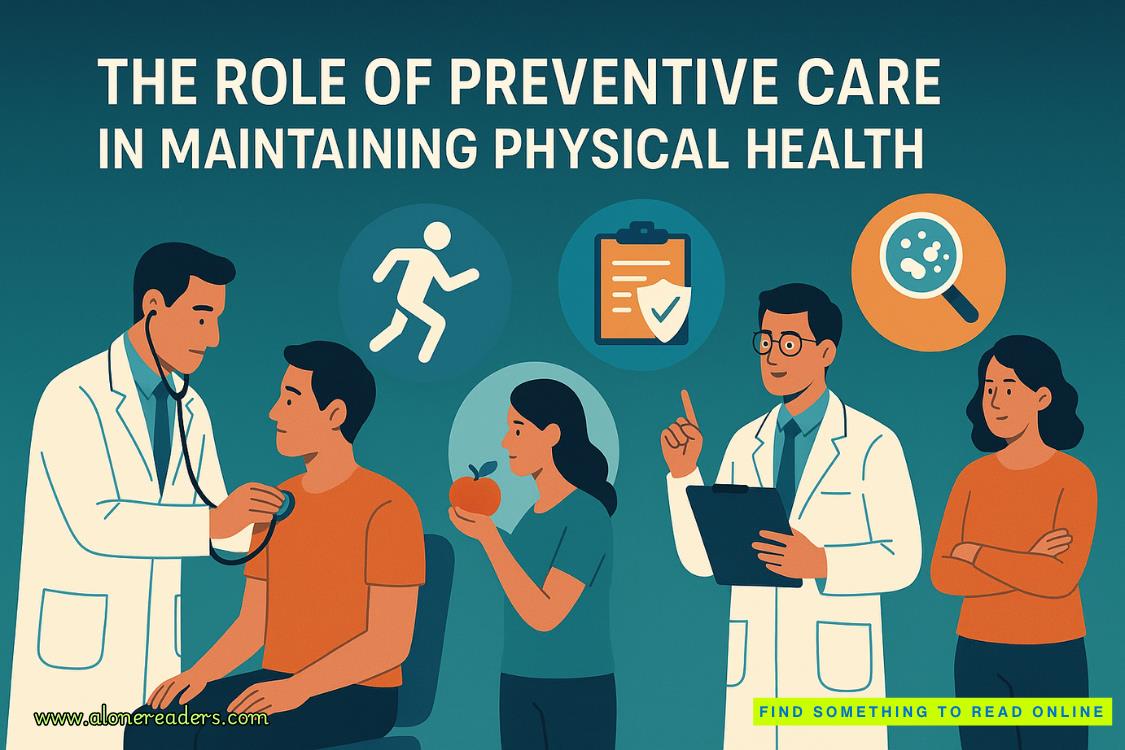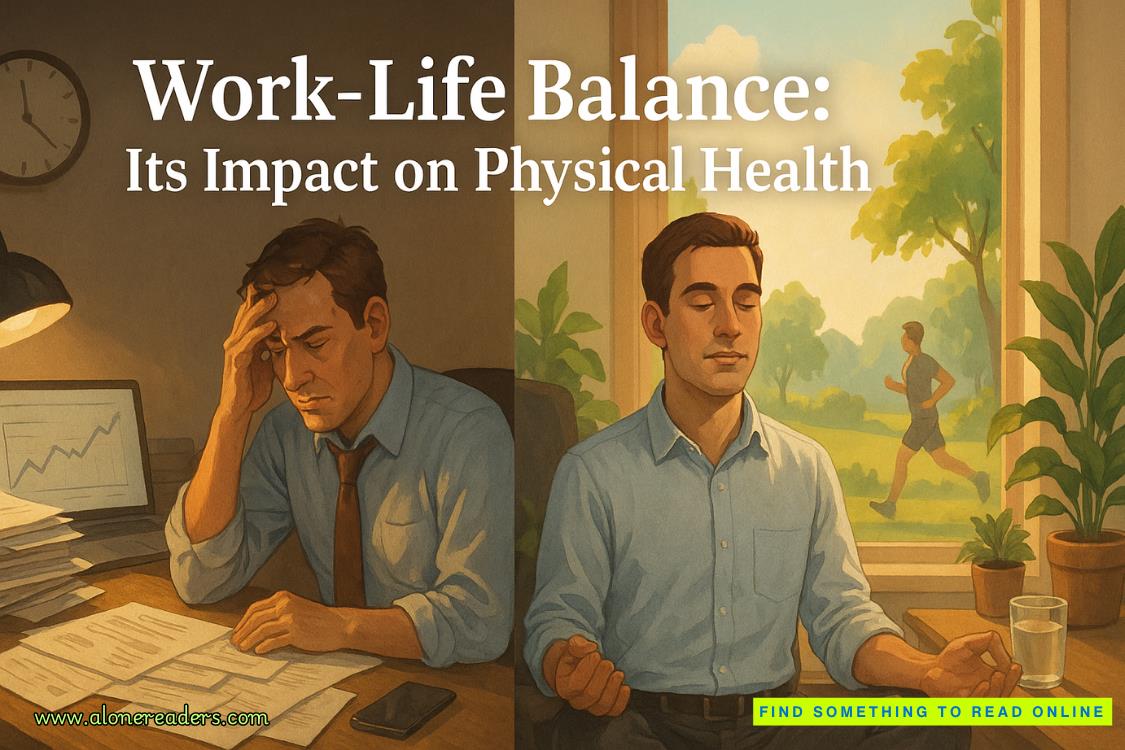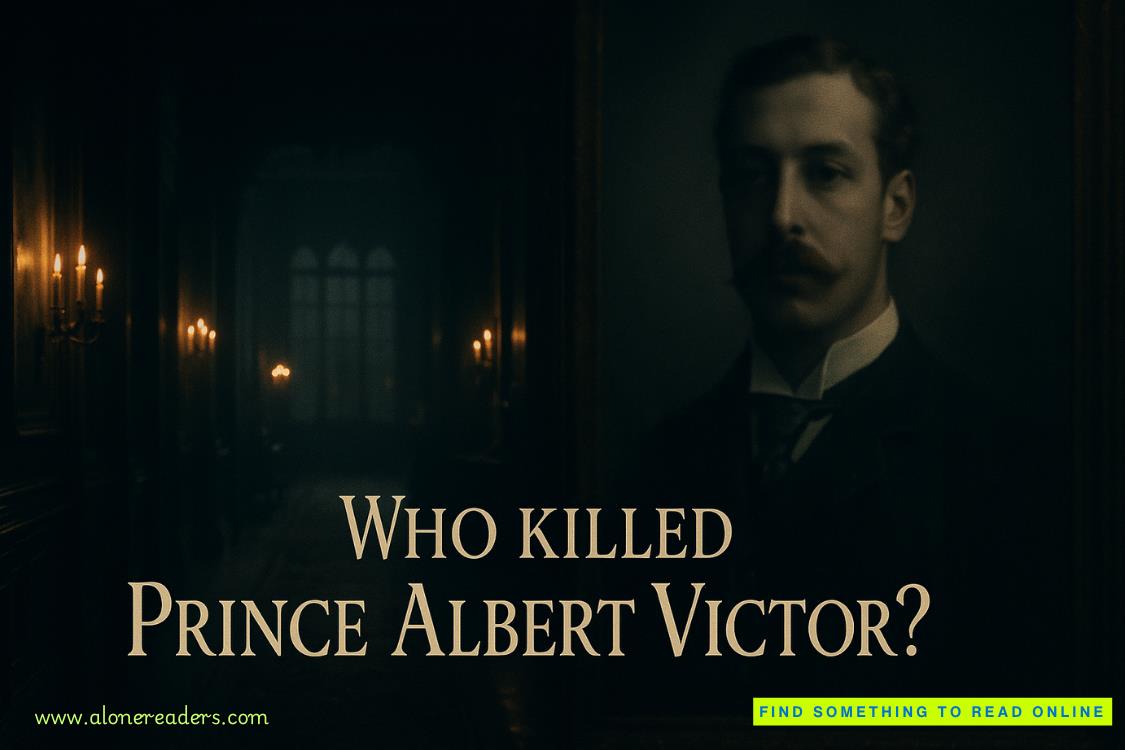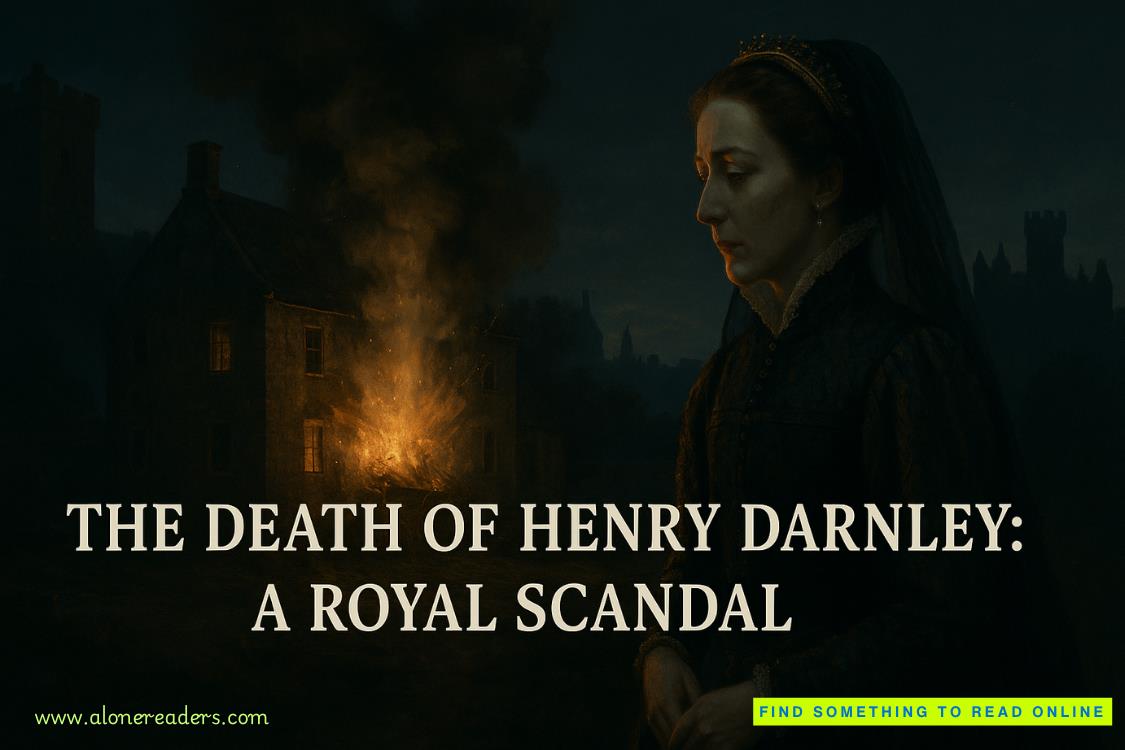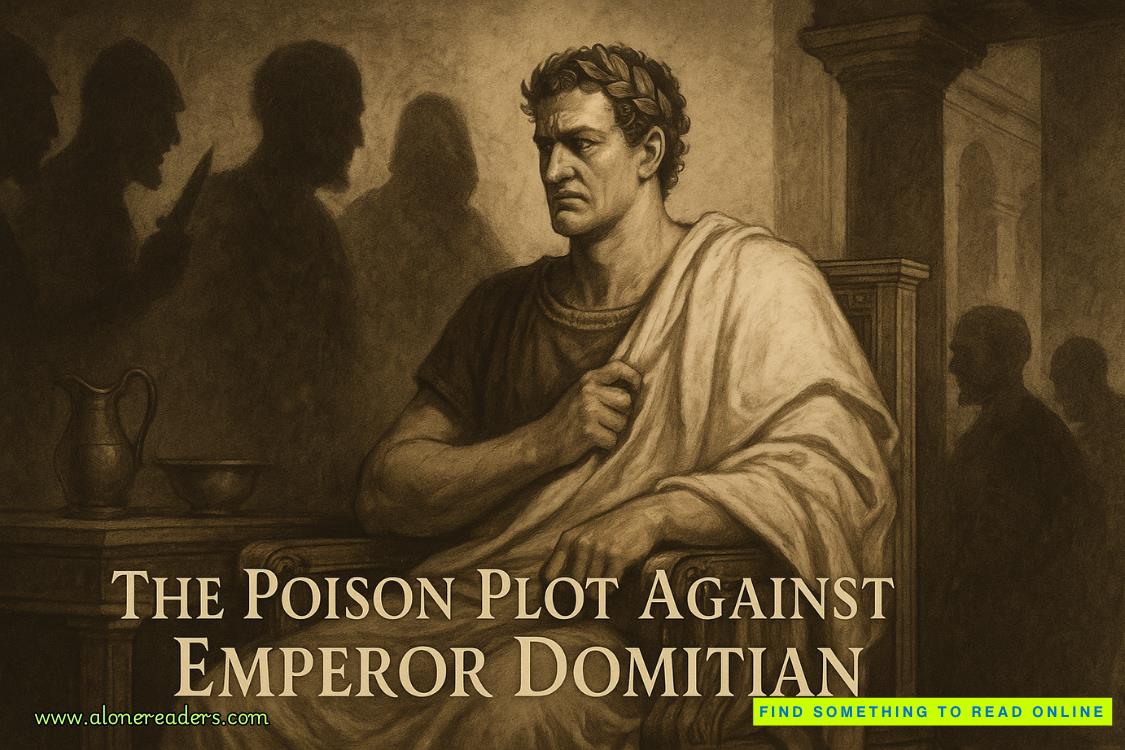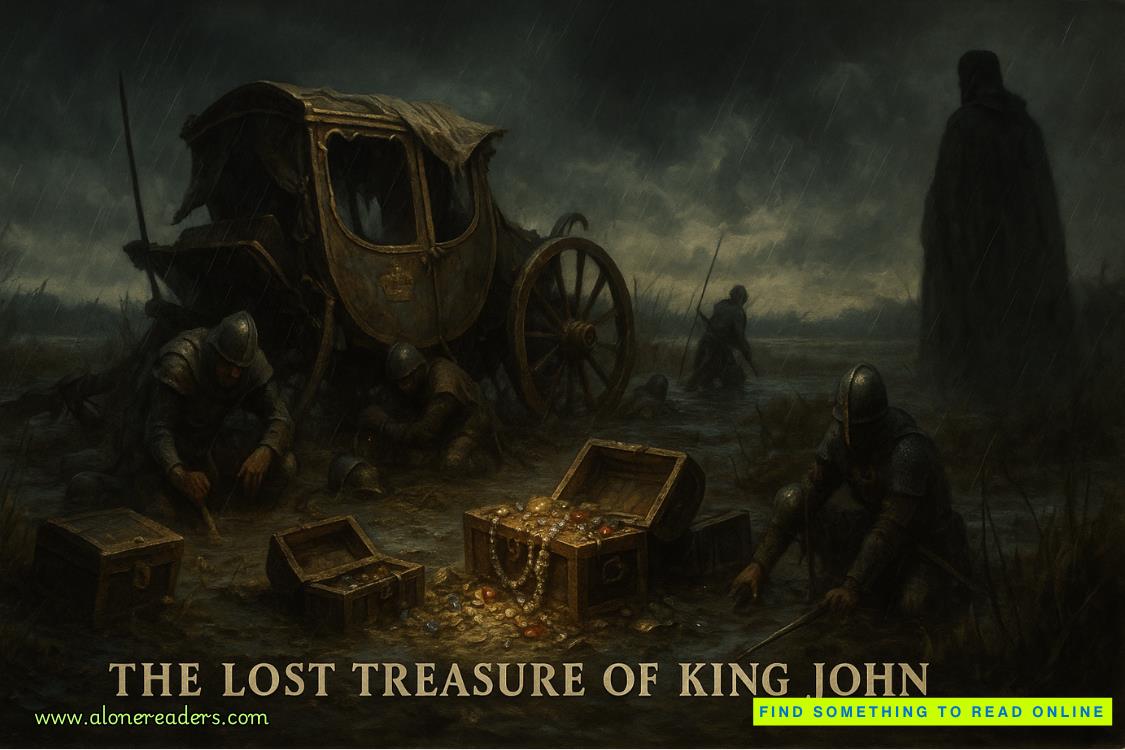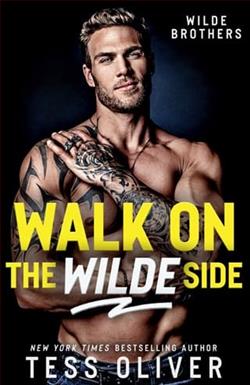Page 48 of Code Name: Michelangelo
He did realize we had no intention of actually joining the CIA, didn’t he? At least I didn’t. I couldn’t speak for Brand. Maybe that was something he’d want to do.
I glanced at Flick, who rolled her eyes. “I’ll challenge you far more than he will. I’m going to teach you to think like a spy and trust your instincts enough to act on them at a moment’s notice.”
“We call it SADRRAT,” said Sundance.
“What’s that?” I asked.
“Spot, assess, develop, recruit, run, and terminate,” he responded. “Most normal people wouldn’t propose marriage to someone unless they were sure the other person would say yes. The same is true with espionage. Except it’s more vital. If you get to the recruit stage and you haven’t properly assessed, you’re as good as dead.”
Flick nodded. “That’s especially true where the two of you are headed. You, in particular, Brand. Mafia syndicates will not hesitate to kill within their own ranks. Nothing will stop them from doing the same to an outsider after they torture them first.”
I looked between her, Brand, and Kade. I didn’t bother with Sundance. If I did, he’d likely see it as a weakness and exploit it. The possibility that Brand would be killed if discovered hadn’t occurred to me. It should have. The amount of money the forgers had bilked out of the Catarina Benedetto Gallery alone was in the millions. It was the kind of money people died for. And what about me? Would they somehow know my being at the auction was “undercover” work? Would they torture me to find out what I knew?
Sundance continued his overview, explaining that, during the ten days Brand and I would be at the Farm, we’d be trained in the use of various types of weapons, surveillance and countersurveillance tools and methodologies, as well as captivity survival, assassination tactics, and demolition procedures.
Demolition procedures? What were we going to do? Blow up an art auction house?
Again, I understood there was danger involved in what Brand proposed we do, but I was beginning to think I was in way over my head. I wasn’t the kind of person who quit things easily, but I wasn’t naive enough to think I was capable of learning how to be an undercover agent in ten days.
“You’ll also be trained in speedboat handling and defensive driving, where you’ll learn how to flip cars and respond within seconds if swarmed by armed militia fighters. Which leads us to terrorism.”
“Terrorism?” I’d managed to keep my comments to myself until now. How had we gone from art to terrorists?
“What’s involved in it that’s different?” Brand asked.
Sundance had a glint in his eyes. “You’ll have to identify roadside bombs and learn what to do if one blows up on you.”
When they took a break from talking, probably to allow Brand and I to process what we’d been told so far, I studied Kade’s colleague.
I could see how, back in the day, he’d probably looked a lot like the actor who played the Sundance Kid. Then it occurred to me that his last name was familiar. If it wouldn’t mean he’d confiscate my phone now, I’d look it up.
“Longabaugh,” I said out loud when the connection dawned on me.
“You just figure it out?”
“That was the original Sundance Kid’s last name,” I guessed.
“That’s right. Know what his middle name was?”
“Alonzo?”
“You got it. My parents had a weird sense of humor, I guess.”
His tone changed, and his words sounded more respectful than they had. Maybe he’d decided I wasn’t as empty-headed as he first thought.
“You mentioned we wouldn’t be communicating with one another,” said Brand.
I almost forgot Sundance had said it.
“That’s right.”
No one at the table spoke for several seconds. Maybe like me, Kade, Flick, and Brand expected Sundance to elaborate.
After they left, saying we’d depart for the training facility at zero seven hundred hours, Brand and I sat in silence for several minutes. It was on the tip of my tongue to bow out now, but maybe it wouldn’t be as bad as it sounded.
Then again, while we were still in California, Brand had mentioned he was rethinking my involvement.
“Butterfly?”
